Salvia officinalis (sage, also called garden sage, or common sage) is a perennial, evergreen subshrub, with woody stems, grayish leaves, and blue to purplish flowers. It is a member of the family Lamiaceae and is native to the Mediterranean region, though it has naturalized in many places throughout the world. It has a long history of medicinal and culinary use, and in modern times as an ornamental garden plant.
Names
Salvia officinalis has numerous common names. Some of the best-known are sage, common sage, garden sage, golden sage, kitchen sage, true sage, culinary sage, Dalmatian sage, and broadleaf sage. Cultivated forms include purple sage and red sage. The specific epithet officinalis refers to plants with a well-established medicinal or culinary value.
Taxonomy
Salvia officinalis was described by Carl Linnaeus in 1753. It has been grown for centuries in the Old World for its food and healing properties, and was often described in old herbals for the many miraculous properties attributed to it. The specific epithet, officinalis, refers to the plant’s medicinal use – the officina was the traditional storeroom of a monastery where herbs and medicines were stored. Salvia officinalis has been classified under many other scientific names over the years, including six different names since 1940 alone. It is the type species for the genus Salvia.
The second most commonly used species of sage is Salvia lavandulaefolia, which shares a similar composition with Salvia officinalis, with the exception that lavandulaefolia contains very little of the potentially toxic GABAA receptor-antagonizing monoterpenoid thujone.
Uses
Culinary Use
In Britain, sage has for generations been listed as one of the essential herbs, along with parsley, rosemary and thyme (as in the folk song “Scarborough Fair”). It has a savory, slightly peppery flavor. It appears in many European cuisines, notably Italian, Balkan and Middle Eastern cookery. In Italian cuisine, it is an essential condiment for Saltimbocca and other dishes, favoured with fish. In British and American cooking, it is traditionally served as sage and onion stuffing, an accompaniment to roast turkey or chicken at Christmas or Thanksgiving Day. Other dishes include pork casserole, Sage Derby cheese and Lincolnshire sausages. Despite the common use of traditional and available herbs in French cuisine, sage never found favour there.
Essential Oil
Common sage is grown in parts of Europe for distillation of an essential oil, though other species such as Salvia fruticosa may also be harvested and distilled with it. The essential oil contains cineole, borneol, and thujone. Sage leaf contains tannic acid, oleic acid, ursonic acid, ursolic acid, carnosol, carnosic acid, fumaric acid, chlorogenic acid, caffeic acid, niacin, nicotinamide, flavones, flavonoid glycosides, and estrogenic substances.
Traditional Medicine
Salvia and “sage” are derived from the Latin salvere (to save), referring to the healing properties long attributed to the various Salvia species. It has been recommended at one time or another for virtually every ailment by various herbals.
In traditional Tamil Siddha medicine, sage (Karpooravalli) is used for respiratory ailments like asthma and alleviating nasal discharge associated with upper respiratory infections. Sage leaves are crushed in boiling water and the fumes are inhaled.
In traditional Austrian medicine, Salvia officinalis herb has been used internally (as tea or directly chewed) for treatment of disorders of the respiratory tract, mouth, gastrointestinal tract, and skin.
Investigations have taken place into using sage as a treatment for Alzheimer’s disease patients. Sage leaf extract may be effective and safe in the treatment of hyperlipidemia.
Health
A number of double-blind, placebo-controlled, randomized, balanced-crossover studies in healthy humans have demonstrated improved memory, attention/executive function, alertness and mood following single doses of cholinesterase-inhibiting sage extracts or essential oils. A single, double-blind, placebo-controlled trial in a small cohort of Alzheimer’s disease patients also demonstrated improved cognitive functioning and behavioral function (Clinical Dementia Rating) following a 16-week administration of a Salvia officinalis alcoholic tincture.
According to Peter Rogers’ team at Bristol University, researchers have concluded that extracts of sage can enhance cognitive performance. This was compared to the similar effect of the caffeine found in tea and coffee.
Wiccan
Sage has long been burned to purify and cleanse a space. The ancients burned dried sprigs of sage in temples and during religious rituals. The Greeks and Romans wrote that the smoke imparted wisdom and mental acuity. In magic, carry sage leaves in your wallet or purse to promote financial gain. Burn leaves to increase wisdom or gain guidance from your spirit guide (be warned – burning sage does smell similar to marijuana, so keep that in mind if you think the neighbors might be inquisitive). Make a wish and write it on a sage leaf, and then hide it beneath your pillow – if you dream about your wish over the next three nights, your wish will come true.
The Lost Bearded White Brother

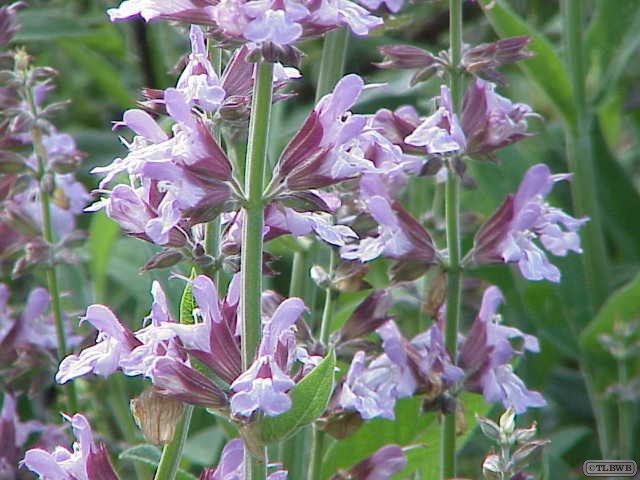
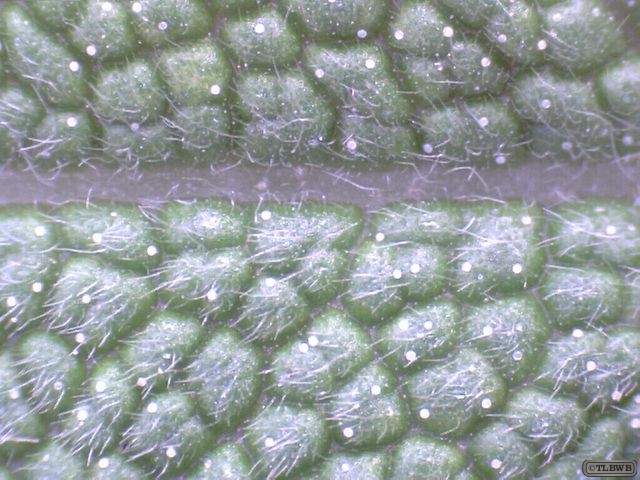
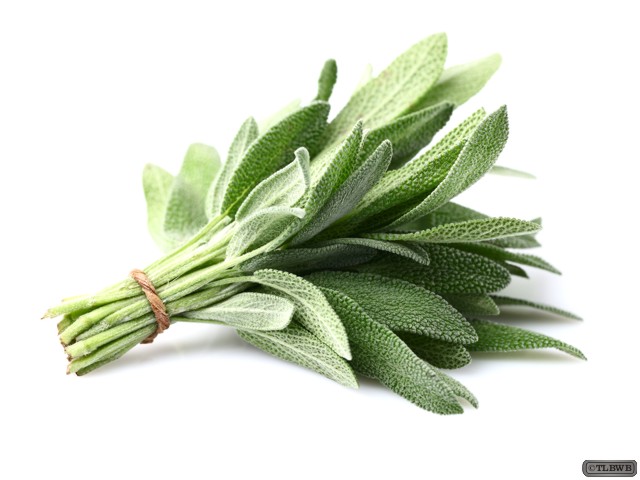
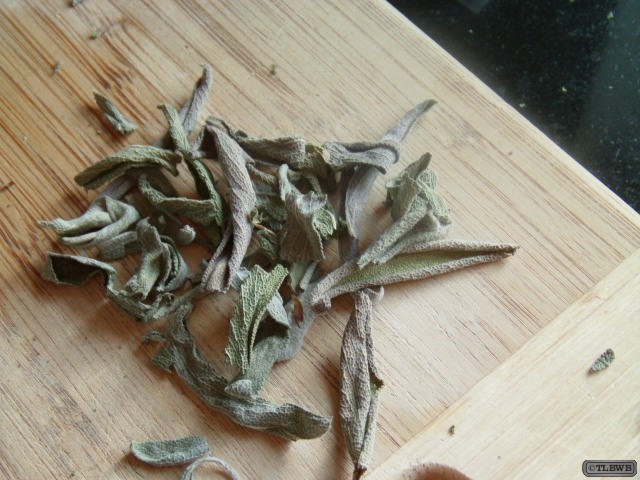
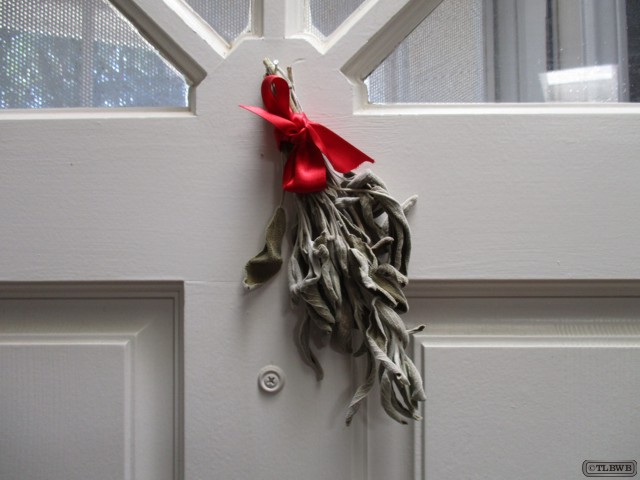

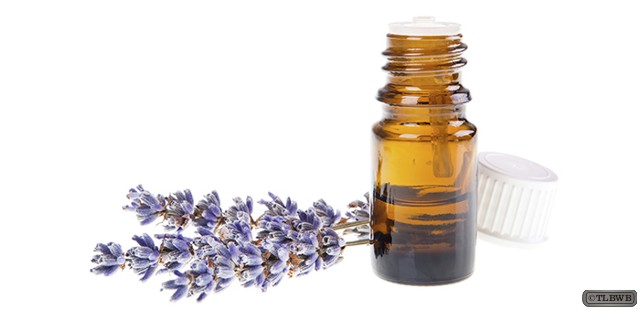
Leave a Reply